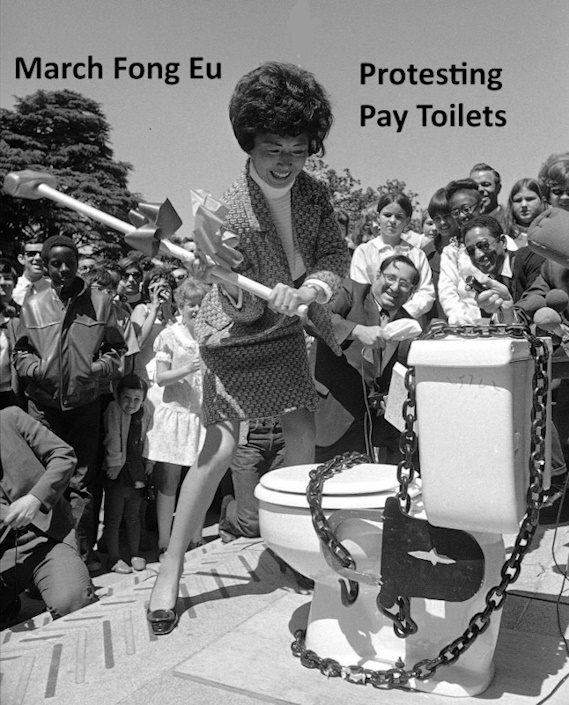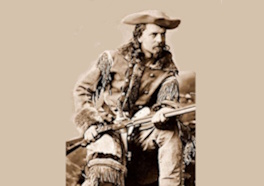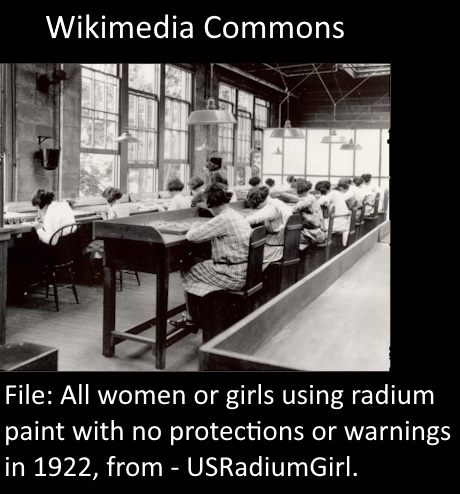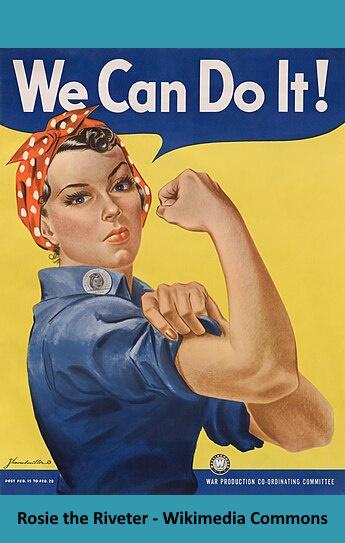Pay Toilets
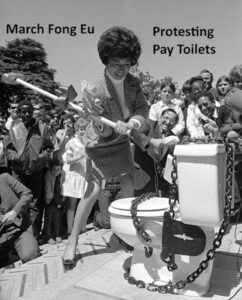
Principally WOMEN Fought Against a Pay for Pee Pee System!
The first pay toilets in the United States were in1893 at the Chicago World’s Fair, however most people were not aware of pay toilets until they became widespread. By the early 1970’s about 50,000 pay toilets were in place.
Many people did not object to the twenty-five-cent fee as much as they did the terrible inconvenience sometimes caused when a person really needed to use the restroom, only to find it locked and they did not have a quarter! This would necessitate a desperate run for exact change!
Not only that, but once women realized the pay toilet system was grossly unfair to women, then they really got angry! You see, it was the STALLS that were locked, NOT THE URINALS! This meant men were free to pee while WOMEN always had to pay.
Women’s rights activists were gaining strength by then, and this became a concreate cause that all women could unite against.
Organizations fighting against the pay toilets advocated for peace and non-vandalism, but certain tactics became well known. There was “The American Crawl” (crawl under the door), “The Sacrificial Lamb” (hold the door open for others) and “The Stuff” (insert paper, wax, chewing gum, or quick-drying cement into the lock).
Then came California Assembly Woman March Fong Eu! She set out to publicly fight against pay toilets. Having positioned a white porcelain toilet with chains on it on the California State Capital’s steps, the assembly woman walked up to it and smacked it with a sledgehammer.
This good Assembly Woman introduced a bill proposing a ban on pay toilets in all state and local government-operated buildings, but it was voted down by an all-male committee who obviously valued money over fairness to women.
Now the fight was on between human rights verses capitalism! Airlines, bus companies, gas stations, and of course the coin lock companies that benefited financially from the pay toilet enterprise, all fought hard against losing out. Nik-O-Lok, the largest coin-operated lock manufacturing company in the United States, began lobbying of states besides New York.
In 1973 the congress woman tried the bill again and this time, it barely passed congress (where women comprised only about 3% of the people) and was then signed into law by Governor Ronald Reagan in 1974. It went into effect in 1975. Newspaper men wrote articles with titles such as “Women’s Lib Has Reached Pay Toilets.” And indeed, they had!
However, much of the public did not understand that this bill only applied to government owned buildings, so they routinely sent Assembly Woman March Fung Eu complaints about locked toilets at private facilities. Nor was it an immediate victory in all states. Some states figured if they provided one third of toilets as free ones, which would satisfy the public (particularly women). Newsmen (yes, they were almost all men at the time) argued that a few free toilets should suffice, and businesses argued that the pay-to-poop (for men) and pay-to-poop AND pee (for women) helped them keep their facilities clean. However, letters to the editor routinely printed complaints that the pay toilets were NOT kept any cleaner and pressure was kept on until nearly all the dreaded pay toilets were removed, eventually even in the private sector.

